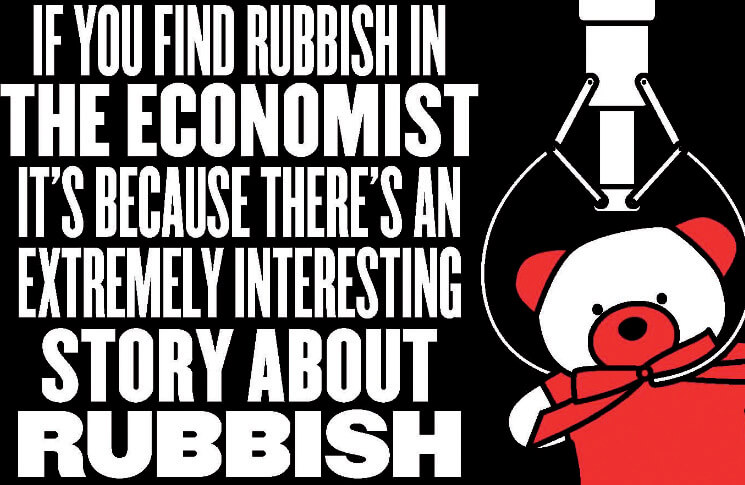The right tone
Friday night, centre of town. Three people approach you separately, palm outstretched, asking for money. The first takes the classic route: “I’m hungry and homeless, can you spare the price of a roll?” The second tries humour: “I accept all major credit cards.” The third opts for disarming candour: “Look, I’m not going to muck you about, I need a few quid for beer.”
The context and the underlying message of all three are essentially identical: a person, down on their luck, wants money. It’s the precise wording that’s different, plus the way the person comes across as they ask. Your decision whether to give to any, or all of them, probably rests as much on your visceral reaction to their demeanour as the real, and unexceptional, message.
In branding we call it ‘tone of voice’, but it amounts to the same thing. As messages tend to converge, distinction is achieved through the manner in which they are put across; the kind of words chosen, the feel they generate, the way they interact with and form part of the brand’s general demeanour.
Words. They are not the whole of tone of voice, but they are the essential force. They set the mood for the behavioural and visual cues that the brand must espouse if it is to create a unified presence in the minds of consumers.
Should they be playful? Deep? Intimate? Supportive? Energised? Gentle? Smart? What combination of qualities creates your brand’s unique tonal feel, and in what proportions?
Marketers seem a little caught out by the accelerating importance of language. Perhaps the demise of body copy, toward the end of what now seems the Palaeolithic communications era of the late-20th century, persuaded people that the commercial death of words was nigh. In those art-school-led days, images seemed to be the future.
Digital media, though, turned out to be stubbornly verbal, giving brands dozens more channels for written ideas to circulate. Clever pack copy, from newcomers such as Innocent and Benefit, and the rise of call-centre marketing also helped give language a new lease of life.
What marketers are discovering is that interpretation of the brand’s carefully mandated verbal palette is apt to vary enormously across their now-wider agency portfolio. ‘Playful’, in one writer’s hands, can become ‘barking mad’ in another’s.
What to do? Above all, avoid adding layers of sub-definitions to the guiding terms in your tone-of-voice brief. Once you start putting, ‘by playful, we mean’ …, you are sunk. It will lead to a stilted style, the verbal equivalent of the girl who, in Elvis Costello’s song, ‘looked like she learned to dance from a series of still pictures’.
Instead, find a writer who can actually write (conceivably, one who got the P45 treatment in those Palaeolithic days). Working from just your bare-bones tone-of-voice definition, get them to create a bank of ‘verbal assets’ for the brand.
These are ready-made phrases that can be adapted and repeated in many different contexts, or used as practical inspiration for others across all the communications disciplines, including HR, to emulate.
The secret is repetition of the good stuff; once it is ingrained, teams will begin to develop an intuitive feel for your brand’s unique way of articulating what is probably, if you’re honest, a pretty unexceptional message.
Innocent: The FMCG sector had quietly settled into a norm of uninspiring copy when, in 1998, those ‘little tasty drinks’ broke the mould by writing pack copy that was actually enjoyable to read, positioned the brand, and got people talking.

The Economist the original verbal brand
First Direct: Founded on the simple concept of ‘adult conversations’, with all the individuality that implies, the quirky bank brought the power of brand language to the call centre. Callers feel they are talking to a human being, not an automaton.
The Economist: ‘”I never read The Economist” … management trainee, aged 42′ and lines of similar understated wit made The Economist the original verbal brand. As with Innocent, the method is much copied, but no one quite pulls it off.
Benefit: The self-styled ‘friskiest luxury brand’ has shaken up the rather staid world of beauty with product names like Ooh La Lift, Hello Flawless and Boo Boo Zap. Sassy pack copy has also played its part in the brand’s amazing growth.
